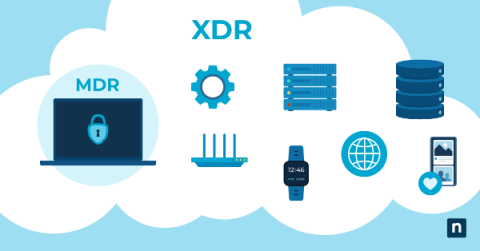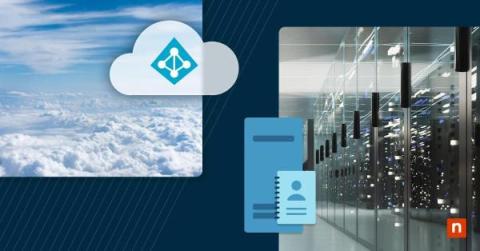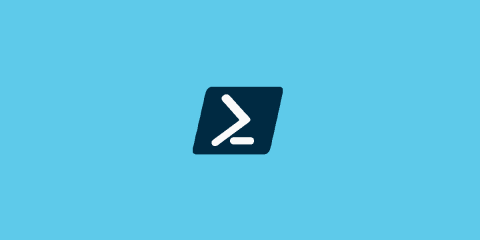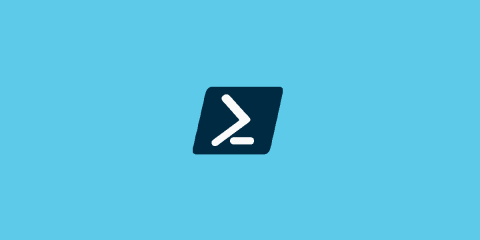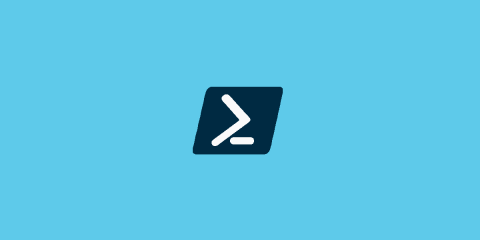Detecting and Preventing Brute Force Attacks with PowerShell
While cyber threats are certainly continuously evolving, the fact is most intrusions still rely on basic, tried-and-true techniques. Who needs to burn a zero-day if guessing commonly used passwords or exploiting passwords used across multiple accounts can give you easy access? Brute force attacks continue to be an incredibly common threat that organizations face.



